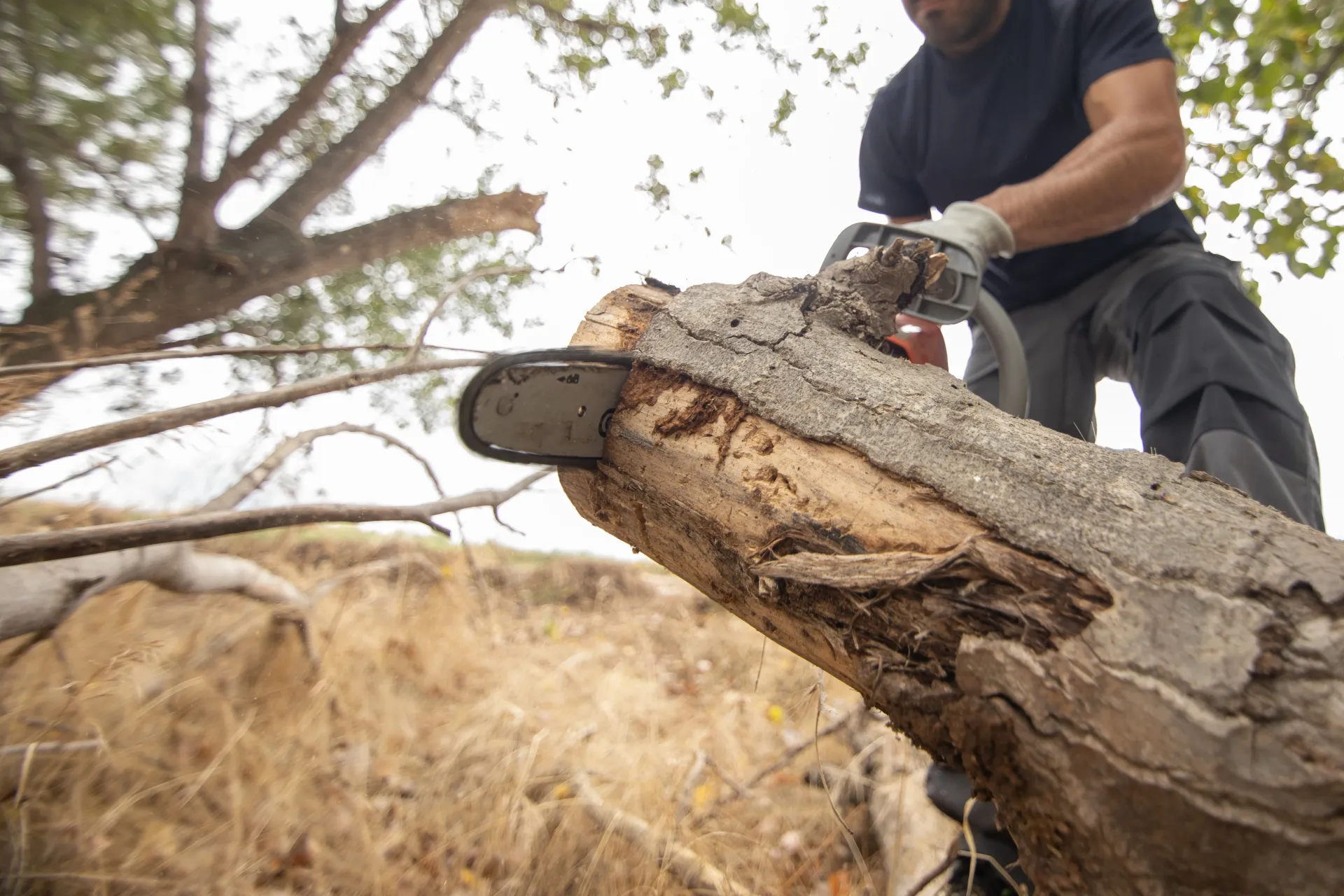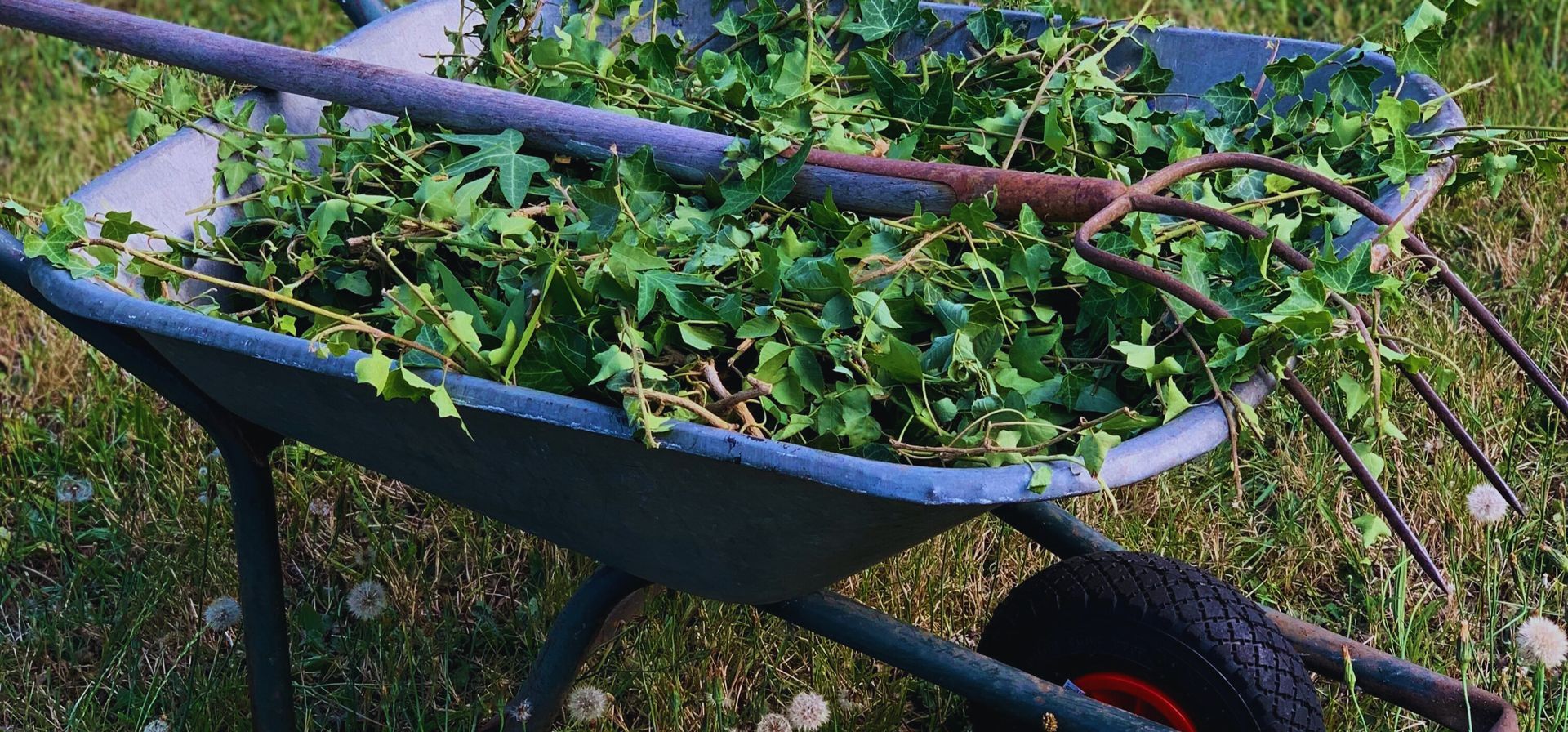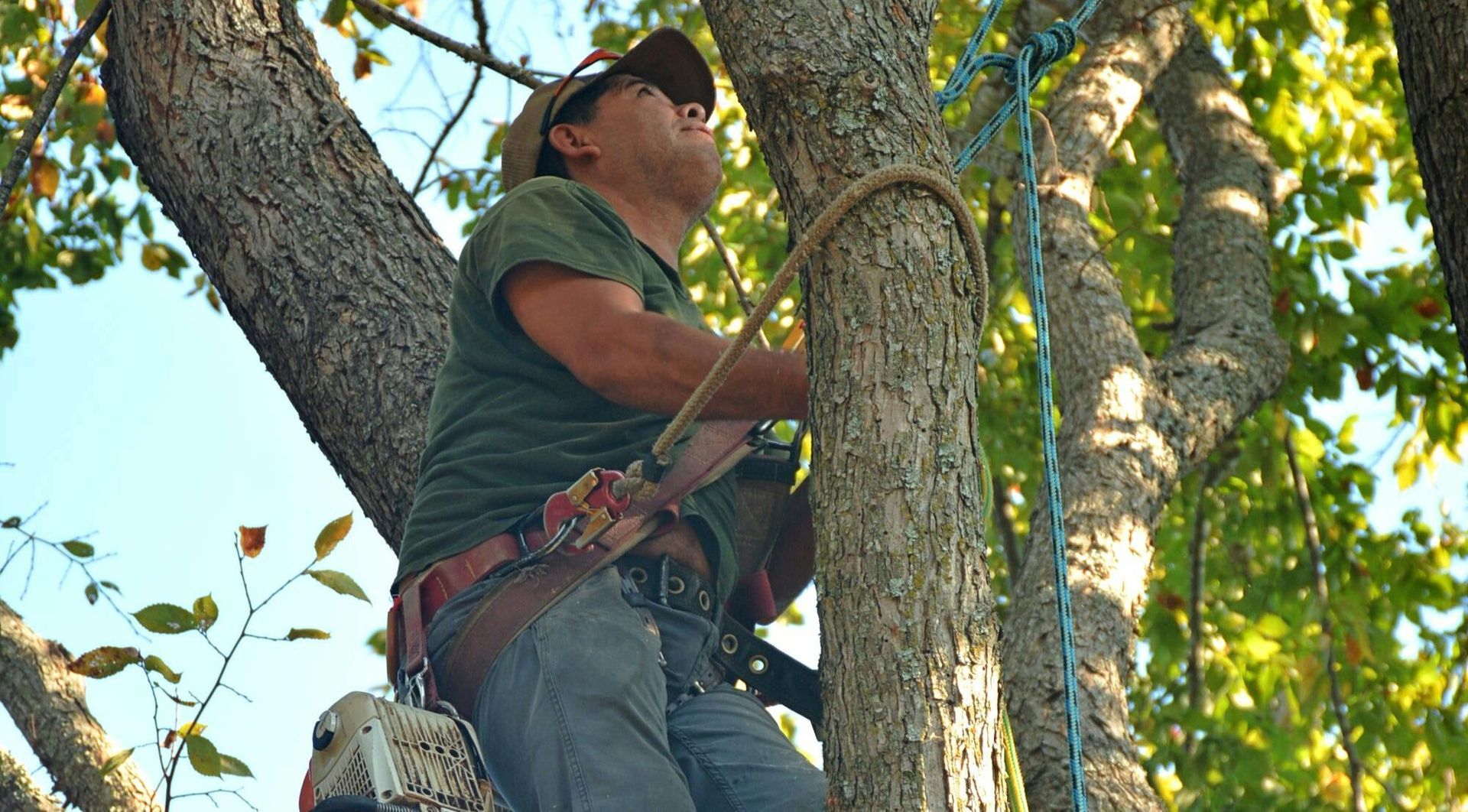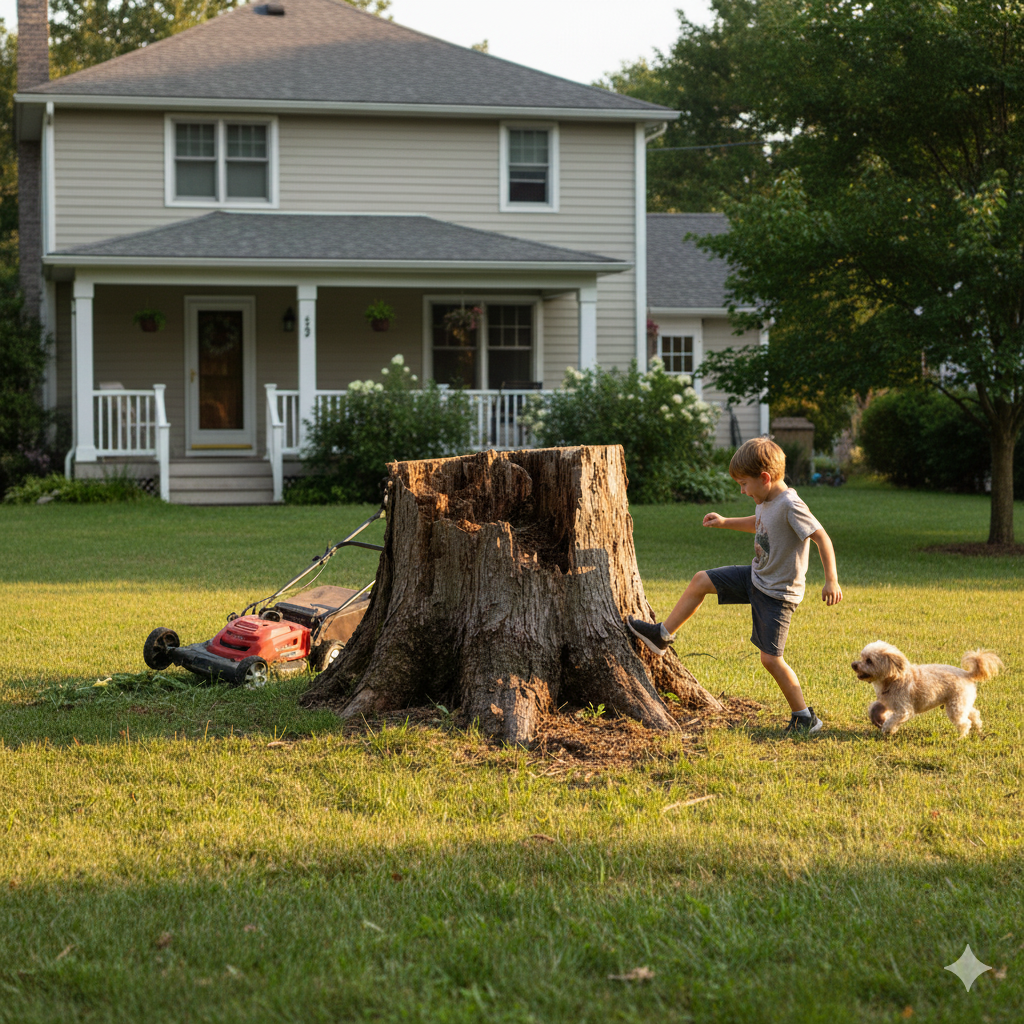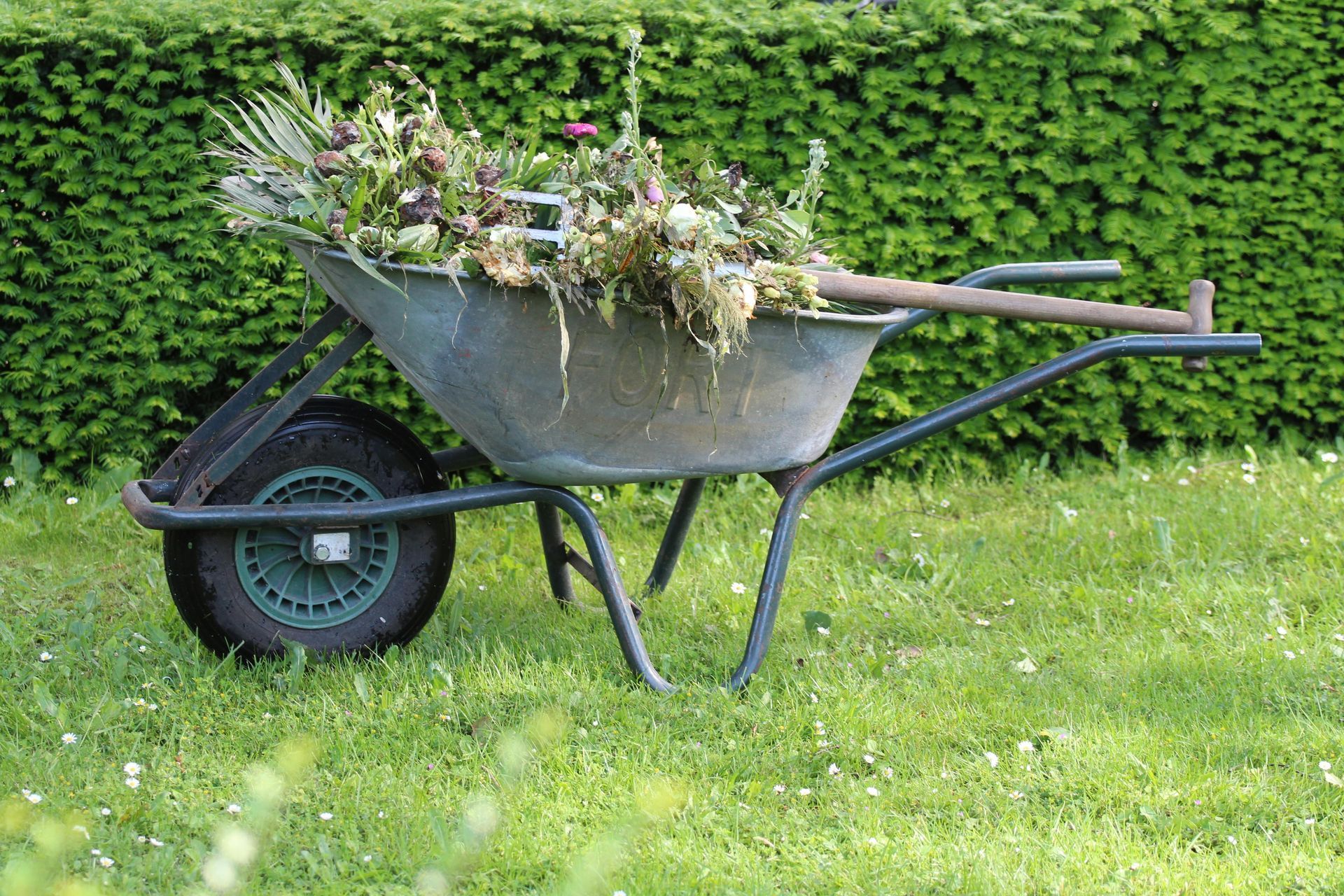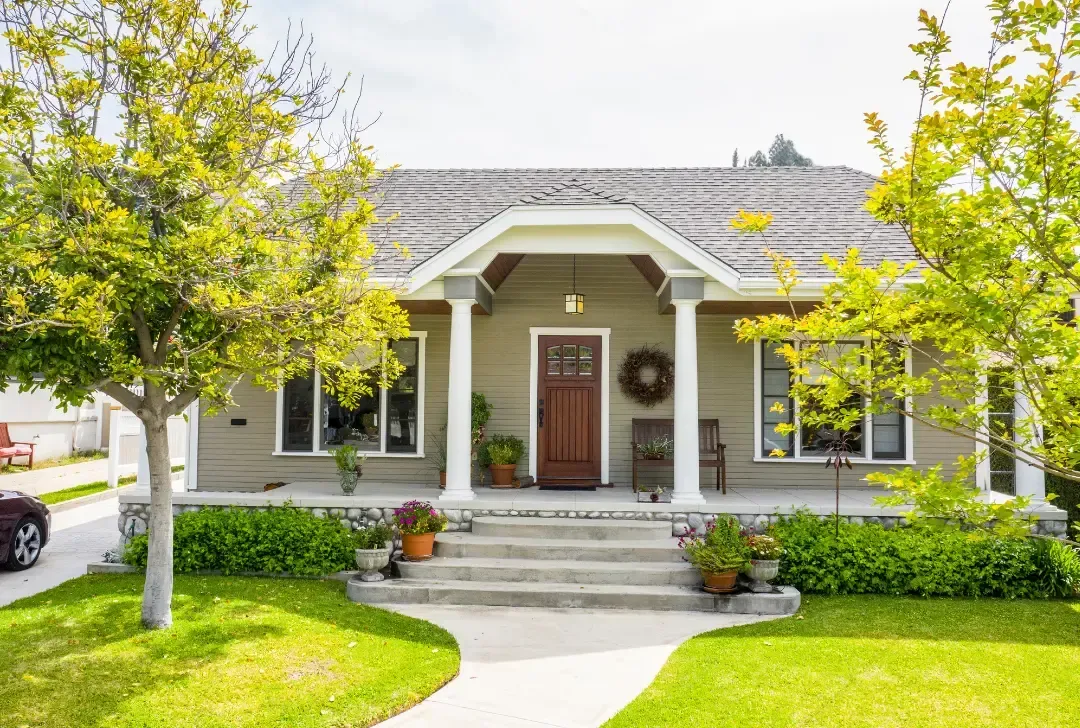Help! My Tree Is Getting Too Close to Power Lines: A Homeowner's Guide to Safety
Like many homeowners in Southern California, I never thought much about the trees in my yard until one became a serious safety concern. Let me share my journey of dealing with trees near power lines and what I learned along the way to help keep your family and property safe.
My Personal Wake-Up Call: A Story About Trees and Power Lines
That Stormy Night in Southern California
I'll never forget that winter night in San Diego when strong Santa Ana winds made the branches of my old eucalyptus tree dance dangerously close to the power lines. The scratching sound against the lines kept me awake, and I realized I needed to take action before it was too late.
Why I'm Sharing My Experience
After learning the hard way about proper tree maintenance, I want to help other homeowners avoid the stress and potential dangers I faced. This guide will walk you through everything you need to know about managing trees near power lines.
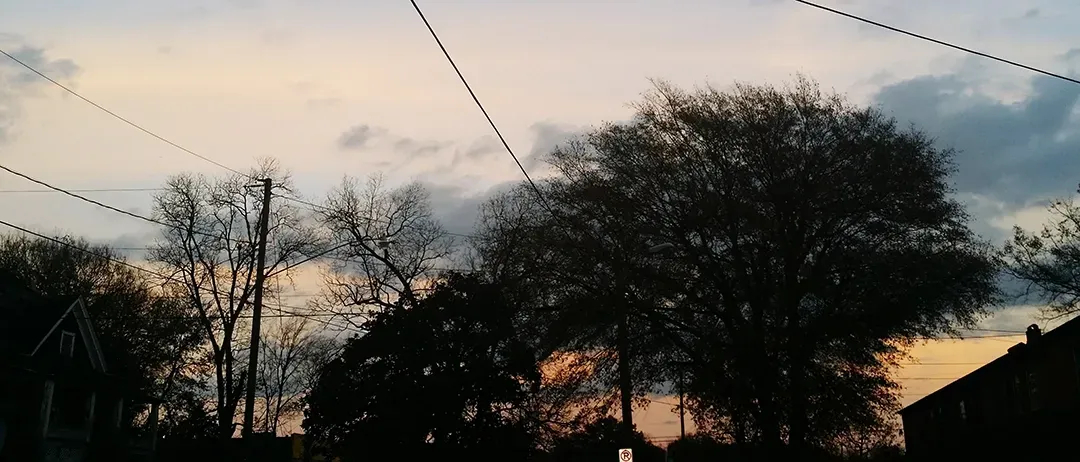
Understanding the Risks of Trees Near Power Lines
Common Dangers in Your Backyard
"According to utility company statistics, tree-related power outages affect millions of homes each year, with potential risks ranging from service interruption to serious safety hazards."
Here's what you need to watch for:
- Electrical fires from branch contact
- Power outages affecting entire neighborhoods
- Potential electrocution risks
- Property damage from falling branches
How Trees Affect Power Line Safety
Direct Contact Issues
When trees touch power lines, they can:
- Create a path for electricity to travel down
- Damage protective line coating
- Cause service interruptions
- Present fire hazards
Weather-Related Concerns
| Weather Condition | Risk Level | Potential Issues |
|---|---|---|
| Santa Ana Winds | High | Branch movement, line damage |
| Rain Storms | Moderate | Wet branches conducting electricity |
| Heat Waves | Low-Moderate | Line sag, branch growth |
When Should I Take Action?
Warning Signs to Watch For
- Branches within 10 feet of power lines
- Dead or dying branches near lines
- Rapid tree growth during spring
- Storm damage affecting tree structure
Contact a professional tree service immediately if you notice any of these signs.
Seasonal Considerations for Tree Management
Spring Growth Monitoring
I've learned to pay special attention during spring when trees experience rapid growth. In Southern California's climate, some species can grow several feet in just one season.
Winter Storm Preparation
Before storm season hits, I make sure to:
- Schedule professional inspections
- Remove dead branches
- Assess tree health
- Plan necessary trimming
Steps I Take Before Any Tree Work Near Power Lines
Safety First: Initial Assessment
My checklist for initial evaluation:
- Distance between trees and lines
- Tree health and stability
- Recent growth patterns
- Previous trimming history
Contacting Your Utility Company
When dealing with power line issues, always start with your utility company. They offer specific services for line clearance.
Response Timeframes
- Emergency situations: Same day
- High-risk cases: 1-3 days
- Routine maintenance: 2-4 weeks
Documentation Tips
Keep records of:
- All communications with utilities
- Photos of concerning areas
- Dates of inspections
- Previous trimming work
Professional Tree Care vs. DIY
Why I Always Choose Professional Help
After researching the risks, I always opt for
professional tree care services because:
- They have proper safety equipment
- They understand electrical hazards
- They carry necessary insurance
- They're trained in power line safety
Finding the Right Tree Service
Look for services that have:
- ISA Certification
- Line clearance certification
- Local experience
- Positive reviews
Working with Utility Companies
Understanding Their Role
Utility companies typically:
- Provide free safety inspections
- Handle emergency situations
- Maintain minimum clearance
- Coordinate with tree services
Coordination Process
Steps in working with utilities:
- Initial contact
- Site assessment
- Service scheduling
- Work completion
- Follow-up inspection
Preventive Measures and Long-Term Solutions
Smart Tree Selection
When planting new trees, I consider:
- Mature height and spread
- Growth rate
- Root system characteristics
- Local climate adaptation
Strategic Planting Tips
| Tree Height at Maturity | Minimum Distance from Lines |
|---|---|
| Under 20 feet | 10 feet |
| 20-40 feet | 30 feet |
| Over 40 feet | 50+ feet |
Key Takeaways
- Never attempt DIY trimming near power lines
- Regular monitoring prevents emergencies
- Professional help is worth the investment
- Prevention through proper planning saves money
FAQ
Q: How often should I have my trees inspected?
A: I recommend professional inspections annually, with additional checks after major storms.
Q: What's the first step if I notice a problem?
A: Contact your utility company first for an initial assessment.
Q: Will the utility company charge for trimming?
A: Basic line clearance is usually free, but additional trimming may require hiring a private service.
Q: How can I prevent future problems?
A: Plant the right tree in the right place, considering mature size and power line location.
Conclusion
Managing trees near power lines isn't just about maintaining your property – it's about keeping your family and community safe. Through proper planning, regular maintenance, and professional help, you can enjoy beautiful trees while avoiding dangerous situations. Remember, when in doubt, reach out to tree care professionals who can guide you through the process safely and effectively.

